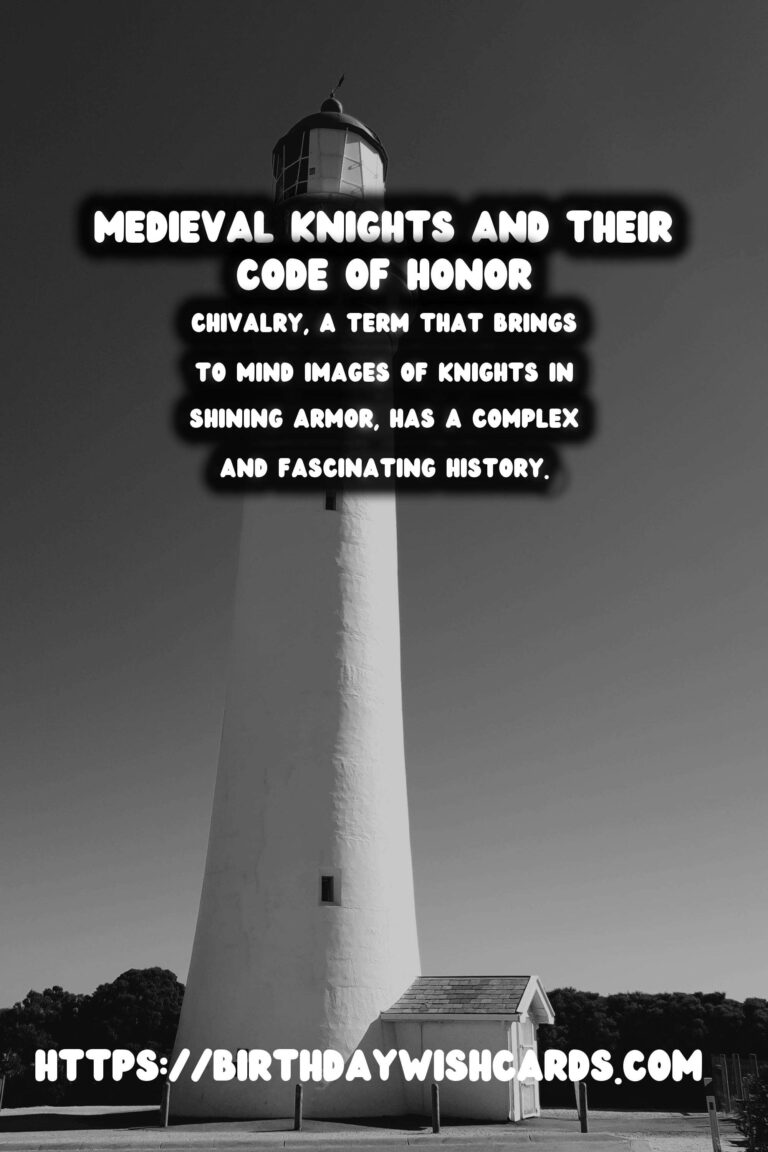
Chivalry, a term that brings to mind images of knights in shining armor, has a complex and fascinating history. Originating in the Middle Ages, chivalry was a code of conduct associated with the medieval institution of knighthood. Over the centuries, this concept has significantly influenced literature, enriching it with tales of bravery, honor, and romance.
The Origins of Chivalry
The roots of chivalry can be traced back to the 11th and 12th centuries, when the feudal system defined the social structure of Europe. During this time, the need for a code to govern the conduct of knights became evident. The chivalric code emphasized qualities such as bravery, courtesy, honor, and gallantry toward women.
The term ‘chivalry’ itself is derived from the Old French word ‘chevalerie,’ which relates to horsemen or knights. Knights were expected to demonstrate not only martial prowess on the battlefield but also lead their lives with integrity and virtue.
Chivalry in Medieval Literature
From its inception, chivalry provided a fertile ground for stories that captivated audiences. Medieval literature, rich with chivalric ideals, includes epic tales like the Arthurian legends. These stories brought to life the adventures of King Arthur and his Knights of the Round Table, emphasizing themes of noble quests, heroism, and courtly love.
One of the most significant works during this period was Geoffrey of Monmouth’s ‘Historia Regum Britanniae,’ which popularized Arthurian tales and set a precedent for future chivalric literature. Chrétièn de Troyes, another notable writer, expanded the Arthurian universe with tales of Lancelot, adding depth and romance to the genre.
Evolution and Literary Impact
As European societies evolved, so did the portrayal of chivalry in literature. During the Renaissance, writers began to question and satirize chivalric ideals. Miguel de Cervantes’ ‘Don Quixote’ is a seminal work that parodied chivalric romances, showcasing the disconnect between idealism and reality. Despite this shift, the core values of chivalry continued to influence writers, imbuing their stories with themes of morality and virtue.
Chivalry in Modern Literature
In contemporary literature, chivalry still resonates, often manifesting as a symbol of timeless virtues. Modern fantasy novels, such as J.R.R. Tolkien’s ‘The Lord of the Rings,’ draw upon chivalric traditions, highlighting themes of heroism, loyalty, and sacrifice.
Furthermore, chivalric ideals have transcended Western literature, finding a place in global narratives. The universal appeal of chivalry underscores its lasting legacy as a source of inspiration and moral reflection.
Conclusion: The Enduring Legacy of Chivalry
Chivalry, with its profound influence on literature, continues to endear itself to readers worldwide. Its legacy endures not just as a historical phenomenon, but as a beacon of ethical conduct and noble aspiration in narratives around the globe.
As we turn the pages of history, chivalry’s timeless qualities remind us of the virtues humanity strives to uphold—bravery in the face of adversity, honor in our actions, and respect in our interactions.
Chivalry, a term that brings to mind images of knights in shining armor, has a complex and fascinating history. As European societies evolved, so did the portrayal of chivalry in literature. 
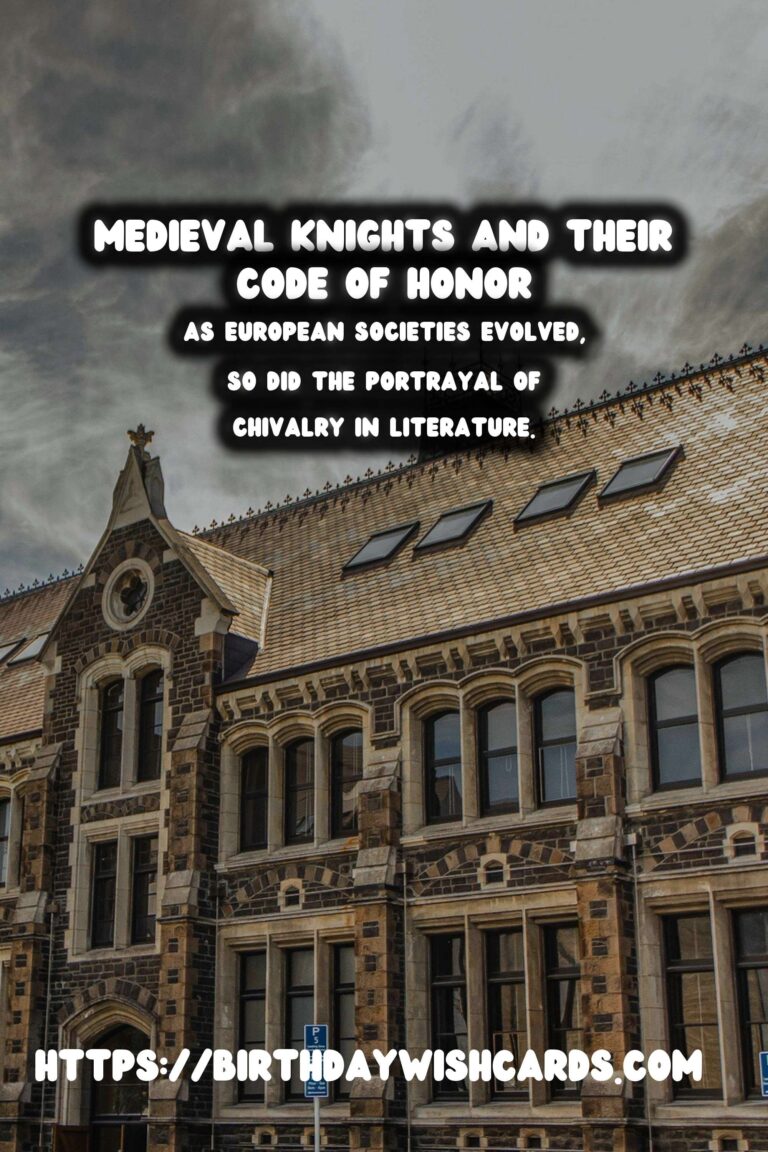
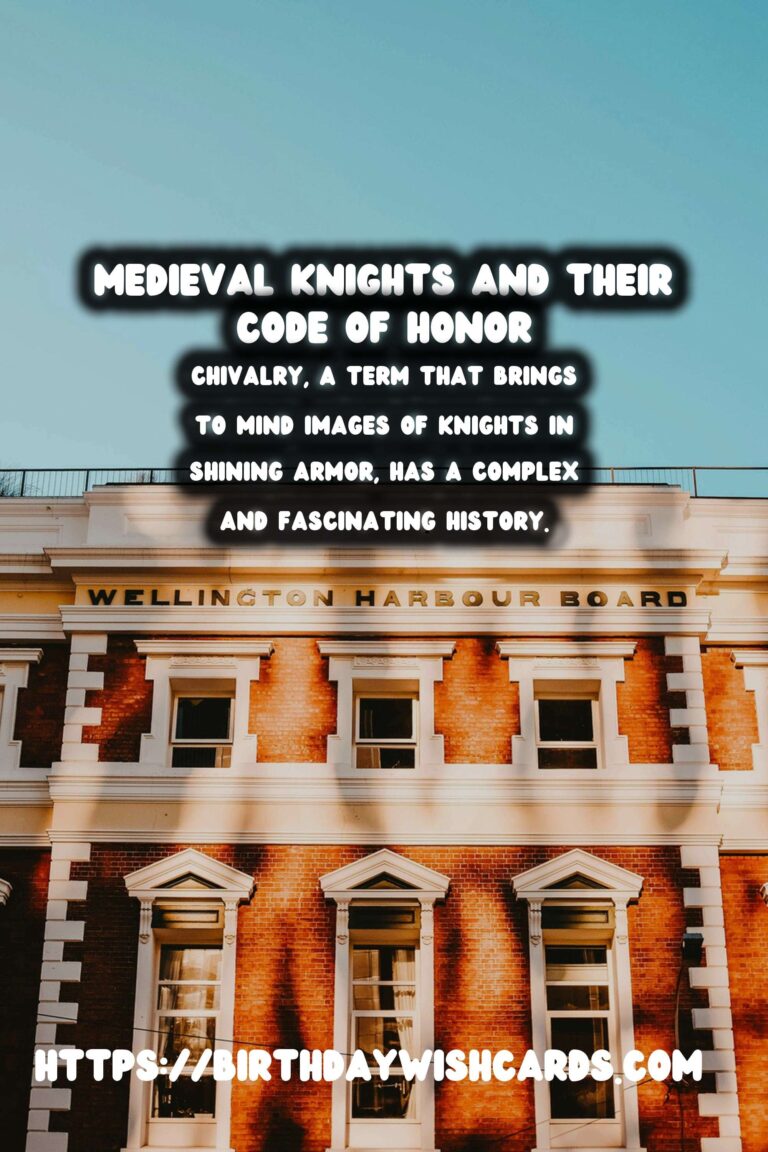
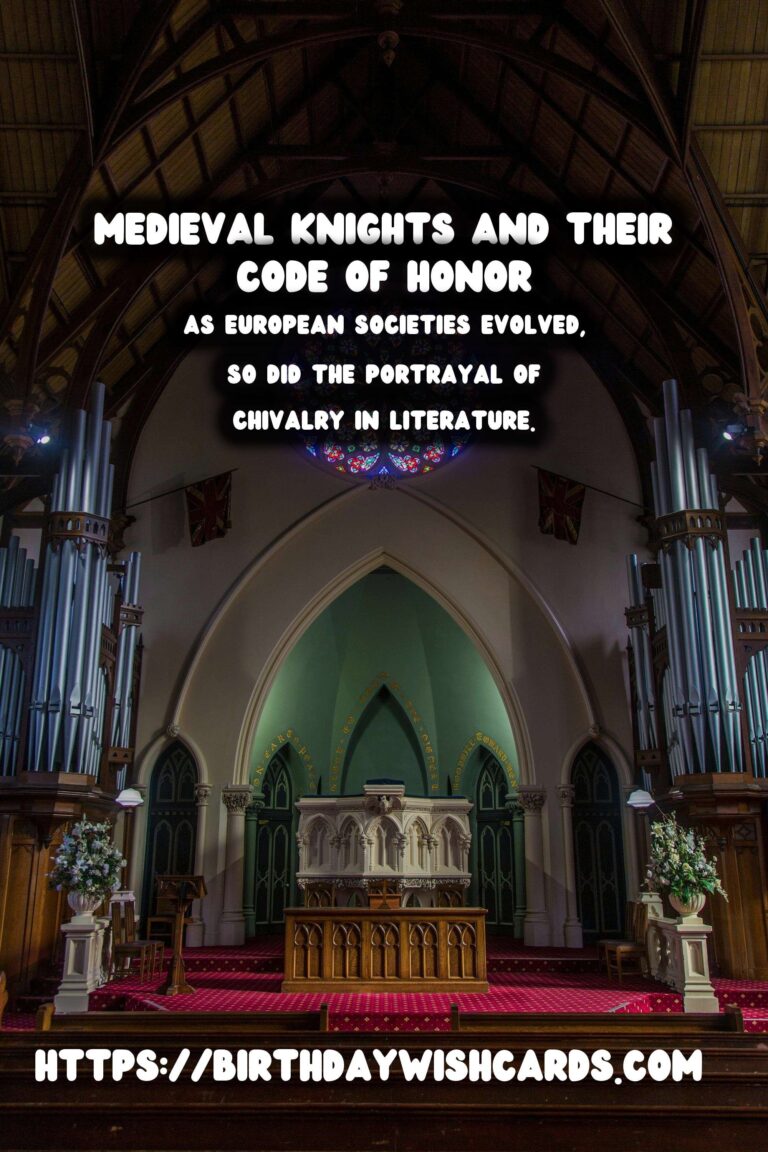
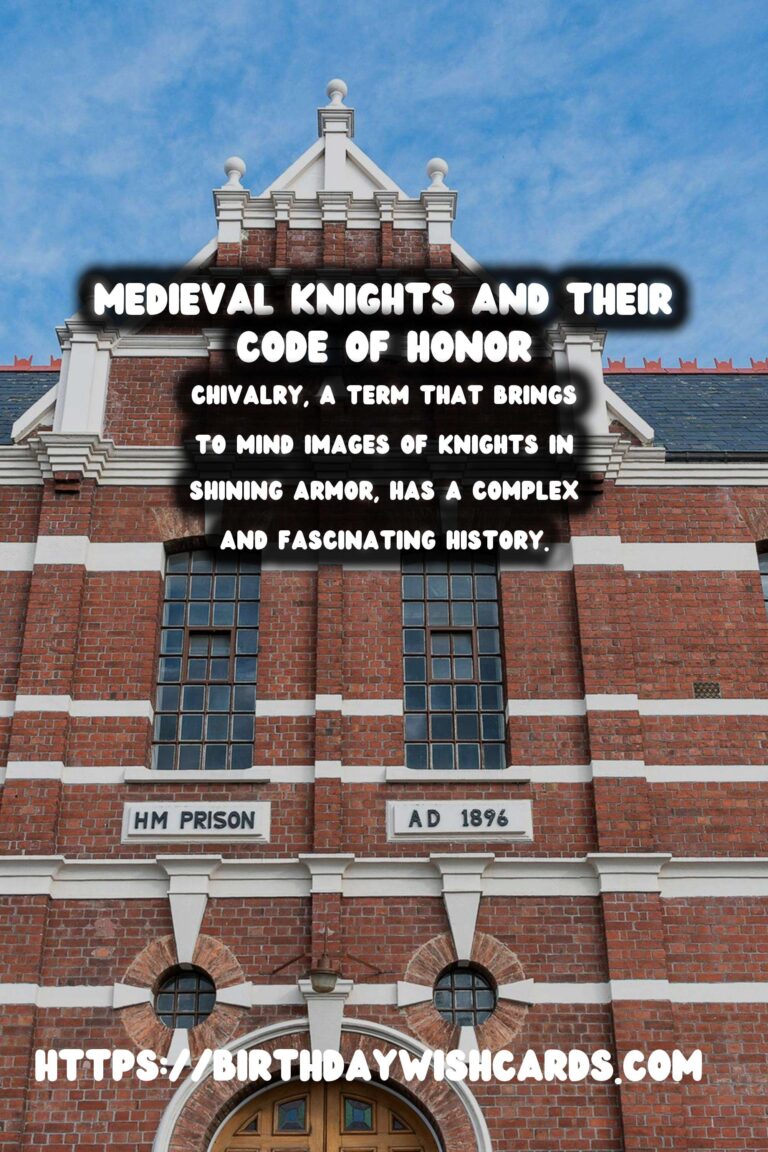
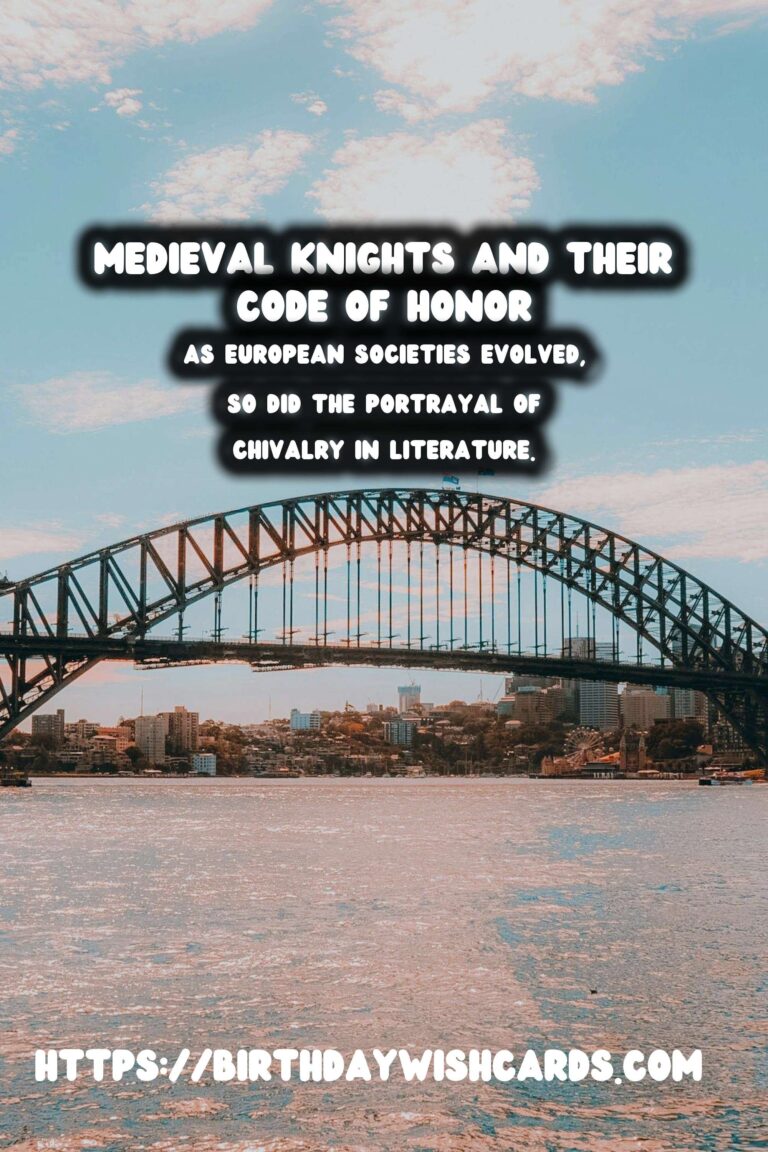
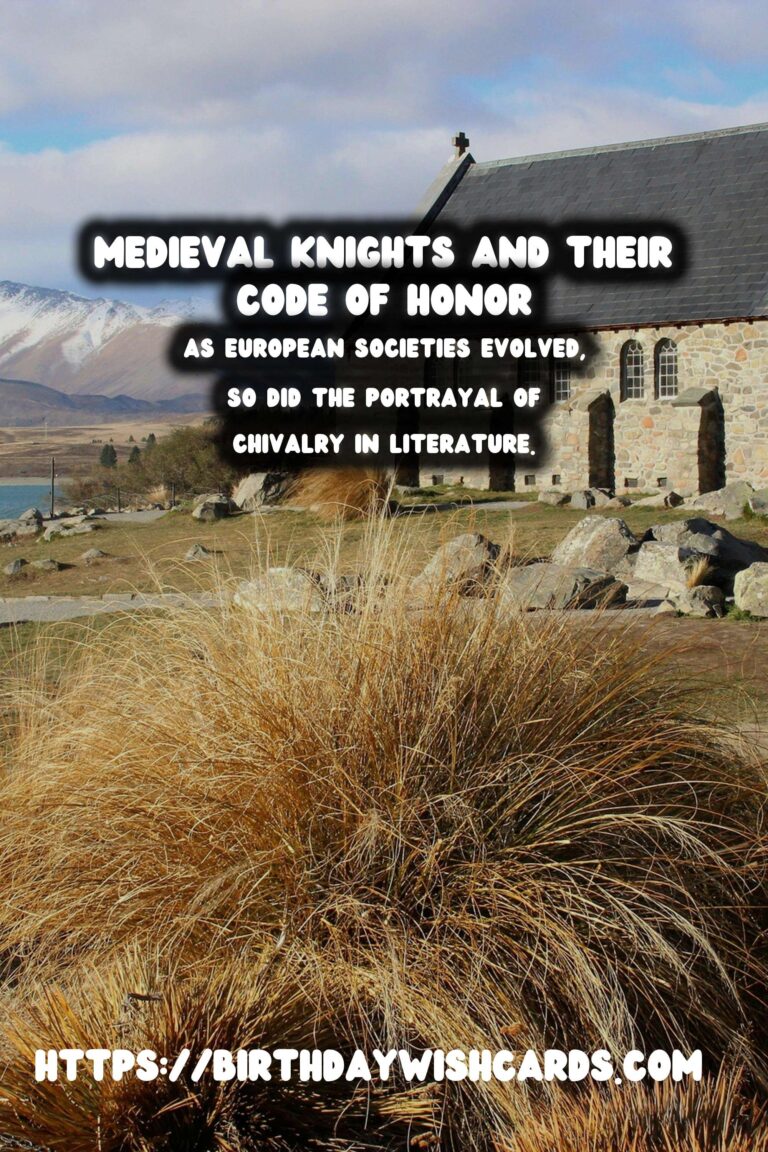
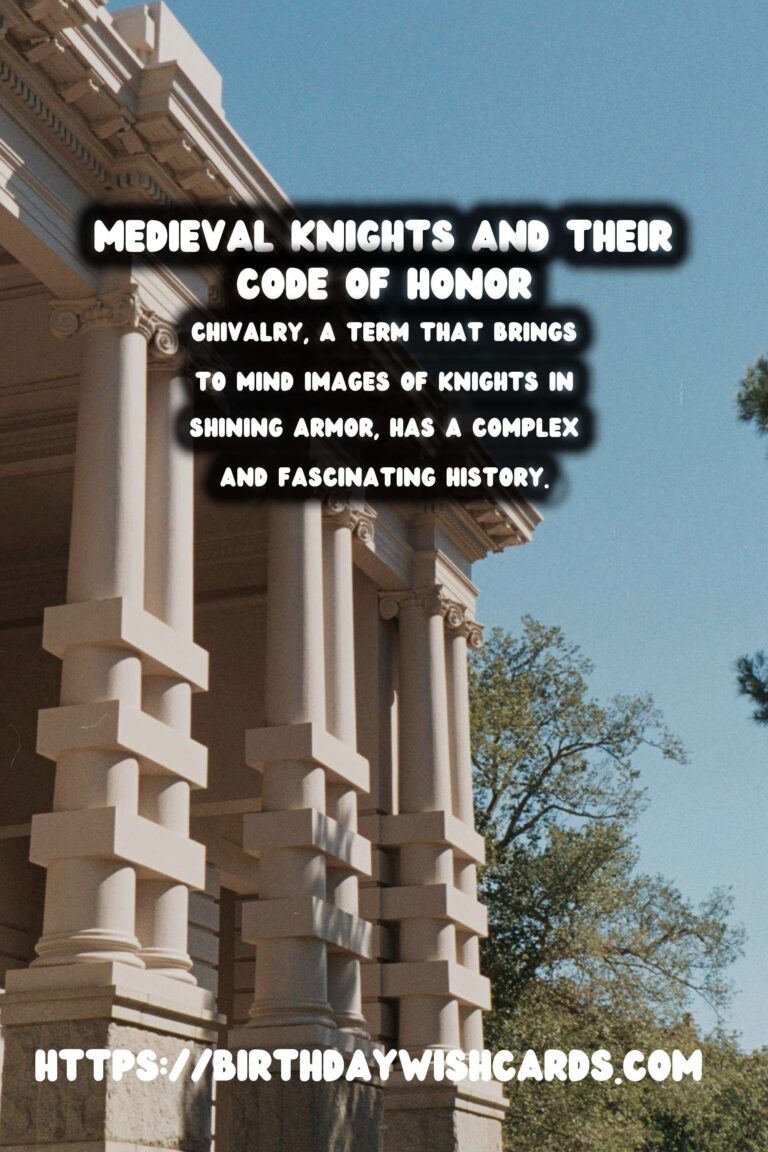
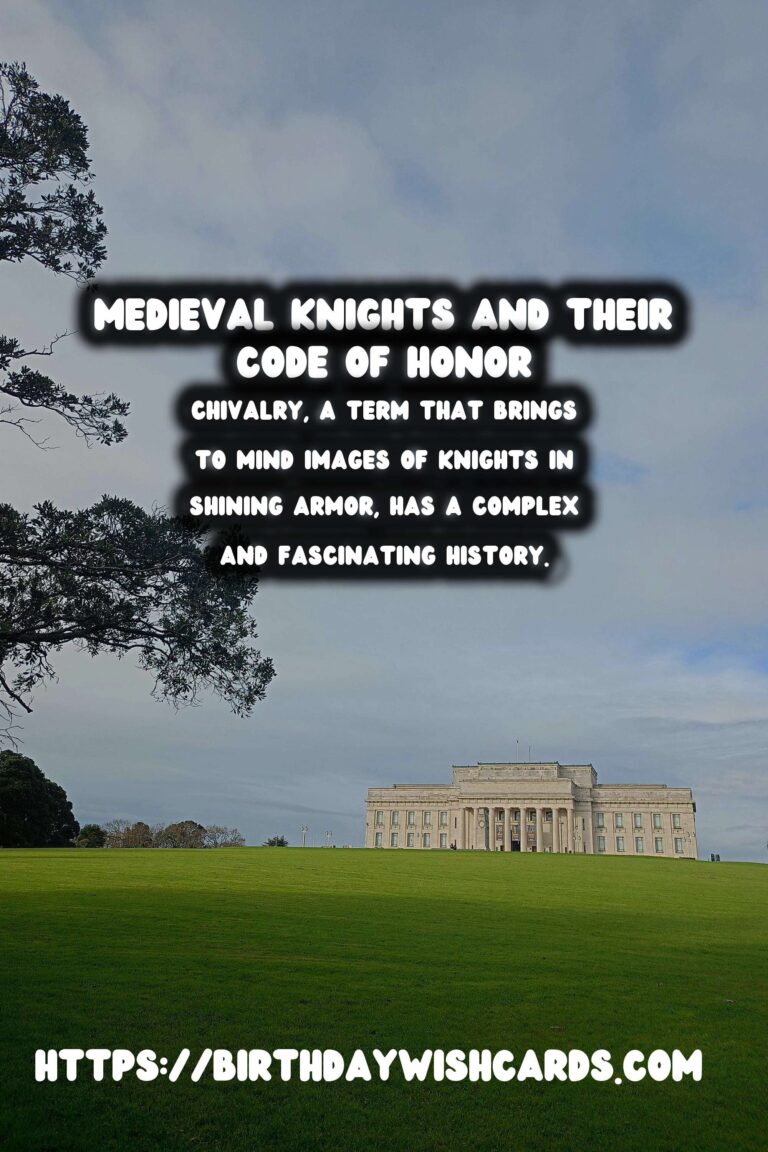
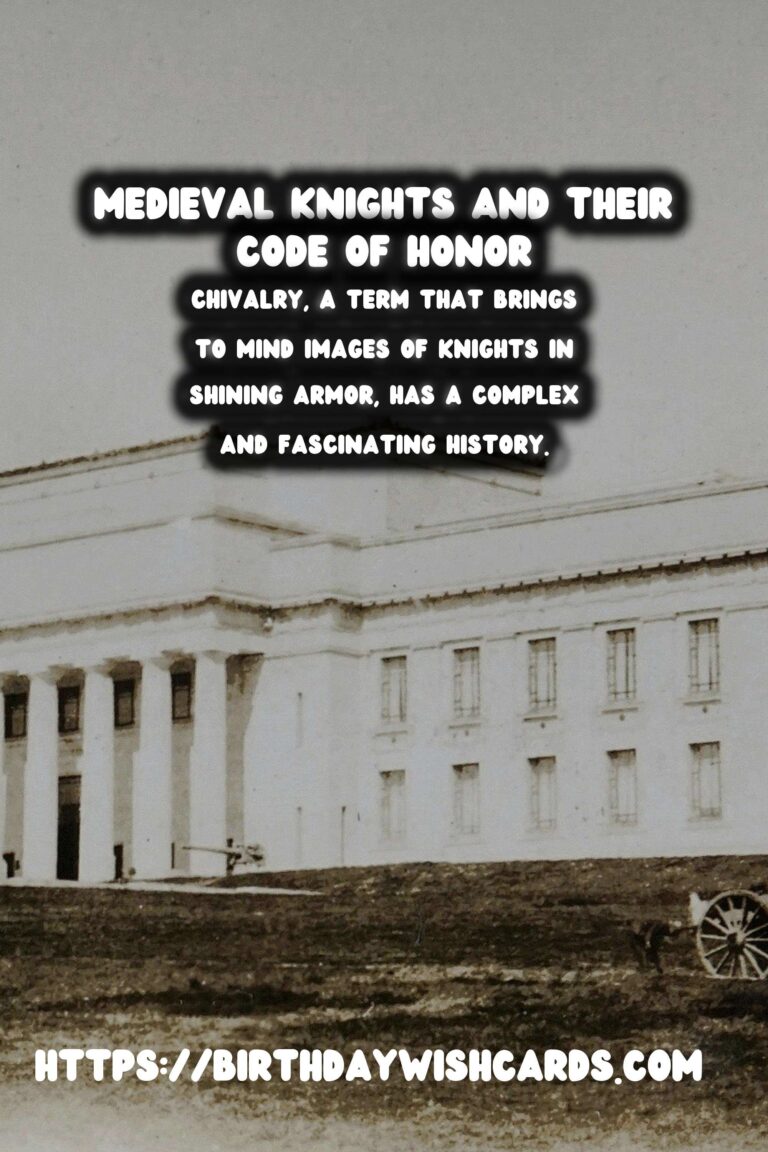
#Chivalry #Literature




